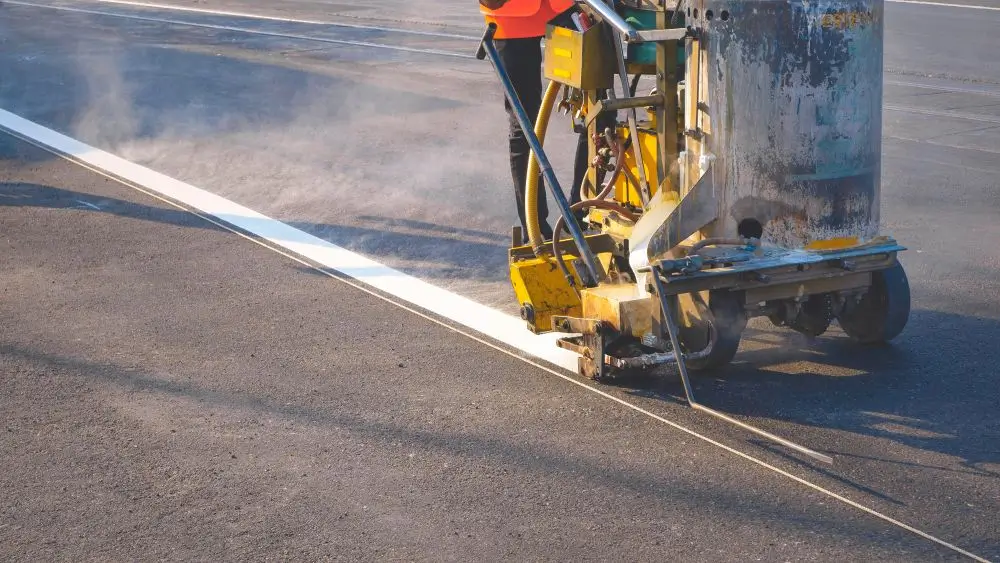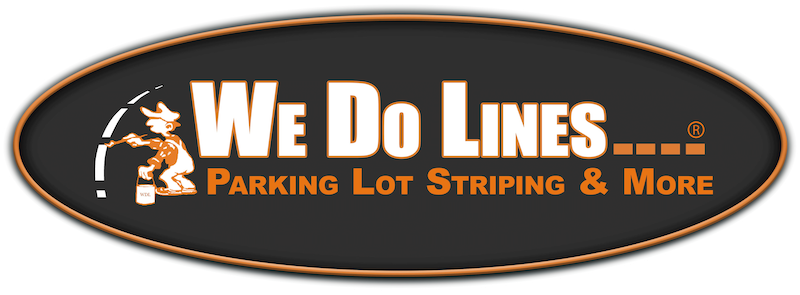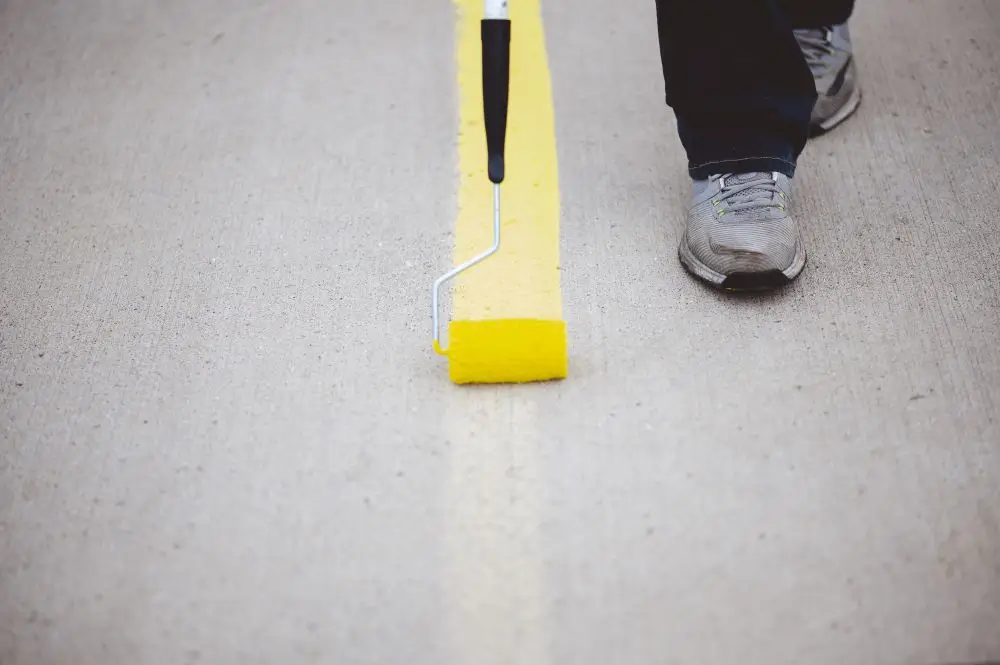When it comes to parking lots and roadways, clear pavement markings are more than just cosmetic—they’re critical for safety, efficiency, and compliance. Unfortunately, exposure to sunlight, snow, salt, and traffic can cause these markings to fade over time, increasing risks for drivers, pedestrians, and property owners alike.
At We Do Lines, we’ve seen how neglected pavement striping leads to unnecessary confusion, accidents, and even legal issues. In this post, we break down the true costs and dangers of faded pavement markings—and how timely maintenance can help you avoid them.
Increased Risk of Vehicle Accidents
Without clearly defined lanes, parking spaces, or directional arrows, drivers are left to guess where they should go. This confusion can result in:
- Wrong-way driving in lots
- Misaligned or double-parked vehicles
- Near-misses or fender benders at intersections or tight corners
In high-traffic areas or poorly lit environments, this risk is even greater. Bright, visible lines guide drivers and minimize the chance of collisions.
Pedestrian Safety Is Compromised

For schools, shopping centers, healthcare facilities, and municipal spaces, maintaining pedestrian markings should be a top priority. Fresh crosswalks and stop bars not only protect those on foot—they also serve as a visual cue that the space is actively managed and safe. Enhancing pedestrian safety can also include adding curb ramps, updating signage, or introducing textured surfaces to improve visibility and accessibility, particularly for those with visual or mobility impairments.
ADA Compliance Becomes a Concern
Accessible parking spots and signage must meet strict ADA (Americans with Disabilities Act) standards. Faded or missing markings can lead to:
- Non-compliance fines
- Legal action from individuals with disabilities
- Poor public perception of your business or property
Clear, compliant markings help ensure your space is inclusive and up to code.
Emergency Access Is Obstructed
Fire lanes, loading zones, and emergency access areas must be clearly marked and always visible. When those lines fade, it can:
- Delay emergency response
- Lead to improperly parked vehicles
- Put lives and property at risk during critical moments
Re-striping these zones is a simple but vital step in upholding safety protocols.
Liability Exposure for Property Owners
Routine maintenance and documentation of your lot striping schedule can help reduce your exposure and demonstrate due diligence. Regular striping updates signal to insurance providers and legal investigators that you are proactive about safety. Additionally, having clear photographic records of maintenance work and timelines may strengthen your defense in the event of an incident or claim, potentially lowering legal costs and minimizing disruption to your operations.
Enhancing Aesthetics and First Impressions

While safety and compliance are top priorities, fresh pavement markings also dramatically improve the visual appeal of your property. A well-marked lot sends a message of professionalism and care—important for retail centers, office parks, healthcare campuses, and any space that welcomes public traffic.
Re-striping gives your property an instant facelift, showing tenants, clients, and visitors that you take pride in the upkeep and usability of your space. It’s a small investment that pays off in curb appeal and customer confidence.
Maintenance Frequency and Seasonal Considerations
To keep pavement markings functional and compliant, maintenance should be approached as an ongoing process—not a one-time fix. The frequency of re-striping depends on traffic volume, environmental conditions, and the quality of materials used. High-traffic areas like retail centers or hospitals may require touch-ups annually, while lower-use lots can often go 18 to 24 months between restripings.
Seasonal weather also plays a role. In colder climates, winter snow removal, salt, and freeze-thaw cycles accelerate the wear of markings. Spring and early summer are ideal times for re-striping, allowing for better adhesion and curing in milder conditions. Proactively planning your striping schedule ahead of seasonal changes helps avoid service delays and budget surprises.
Keeping a routine maintenance calendar and working with a provider who offers year-round assessments ensures that faded lines are addressed before they become a liability.
Choosing the Right Striping Partner

Not all pavement marking services are created equal. When hiring a provider, look for a company with a strong reputation, proven experience, and a commitment to using high-quality materials that last. Ask about their project timeline, warranty policies, and whether they offer assessments or maintenance plans tailored to your property’s needs.
An expert striping partner will also be proactive—helping you anticipate wear patterns, budget appropriately, and ensure your property stays in compliance as regulations evolve. Building a relationship with a trusted contractor can save time, money, and headaches down the road.
Conclusion
Faded lines don’t just make your property look unkempt—they pose real risks to safety, accessibility, and liability. Keeping your pavement markings crisp and compliant protects everyone who uses your space.
If your lot or facility is due for a refresh, trust the experts at We Do Lines. We deliver high-quality, long-lasting striping solutions that keep your property safe, efficient, and up to standard. Contact us today to schedule a site assessment.





